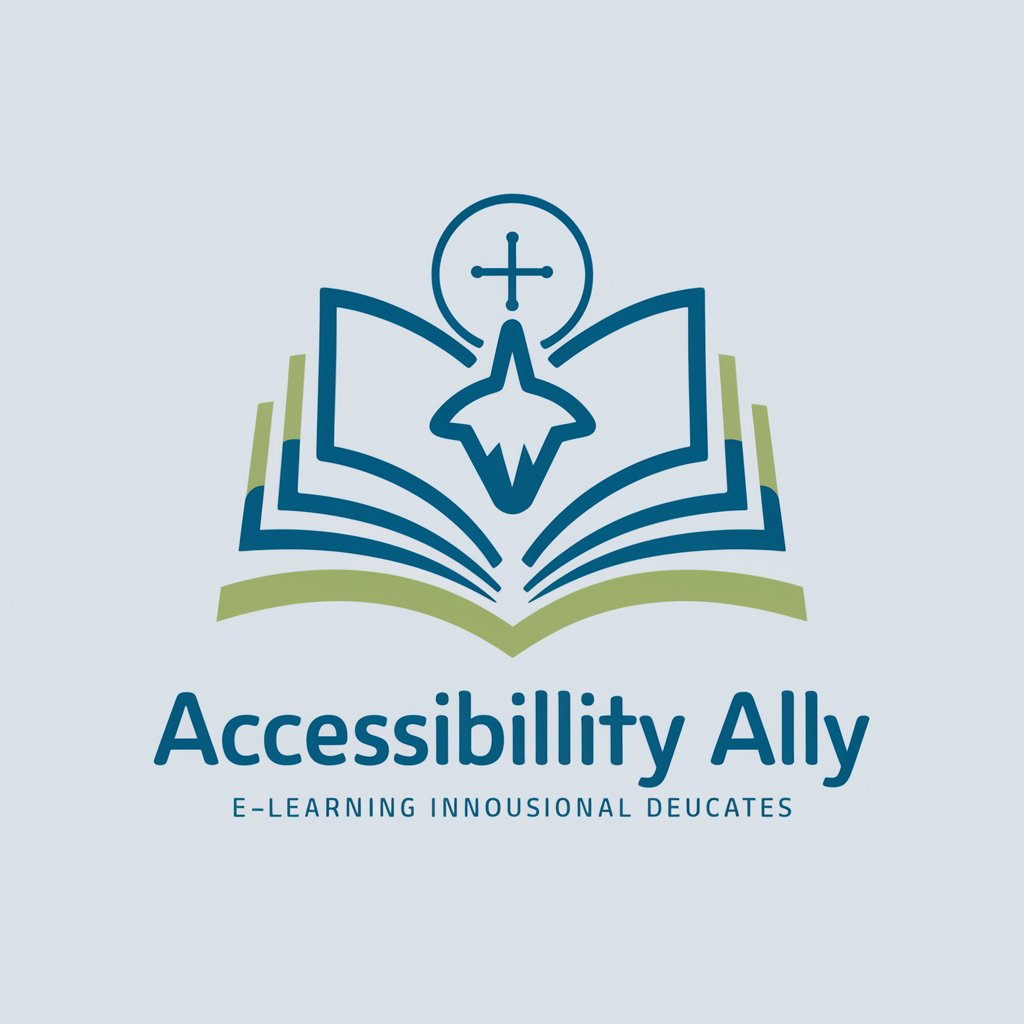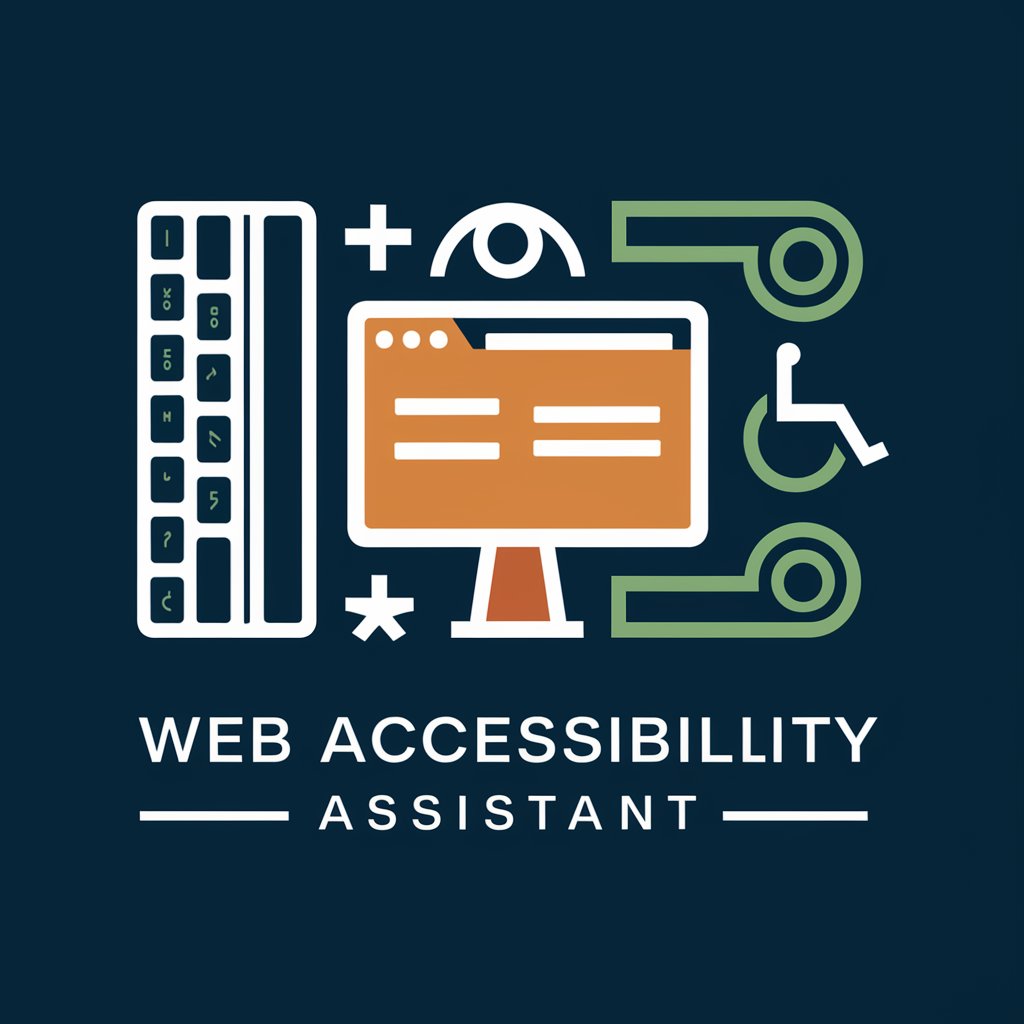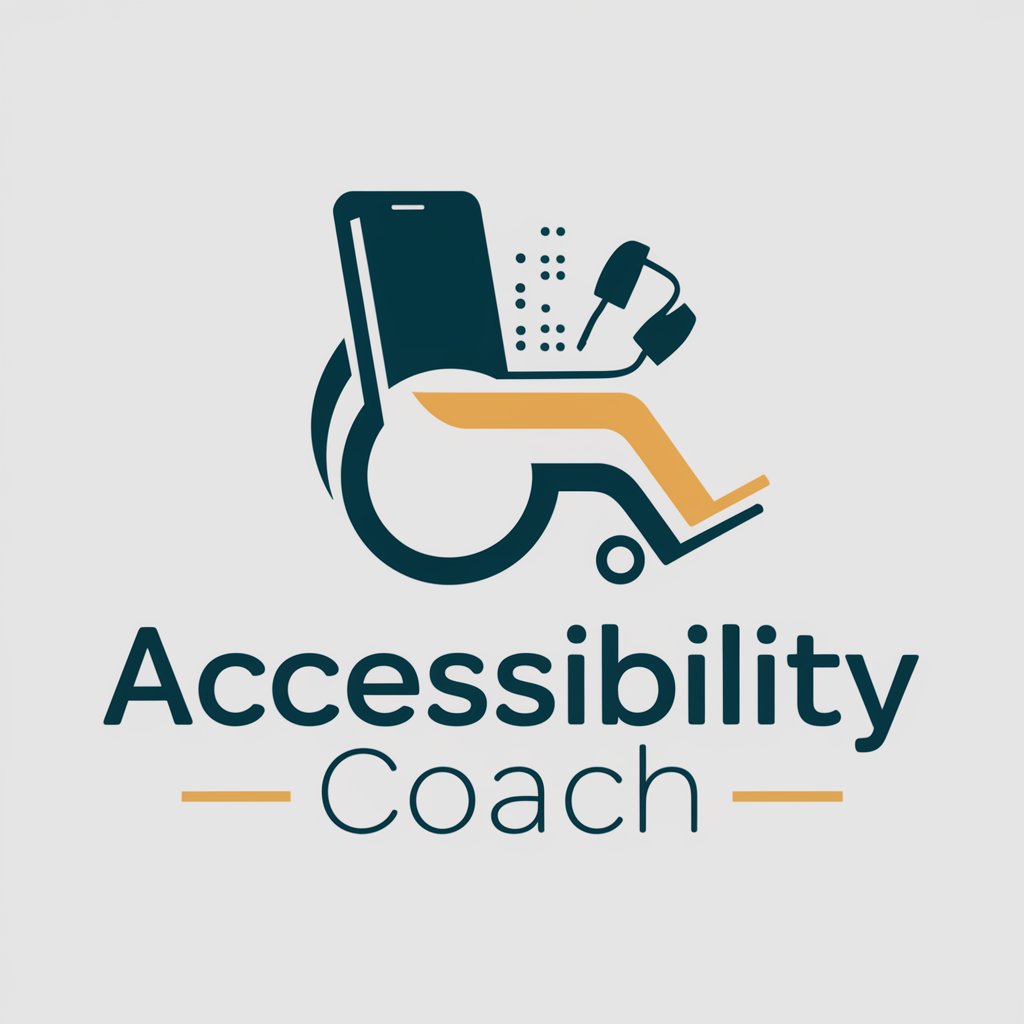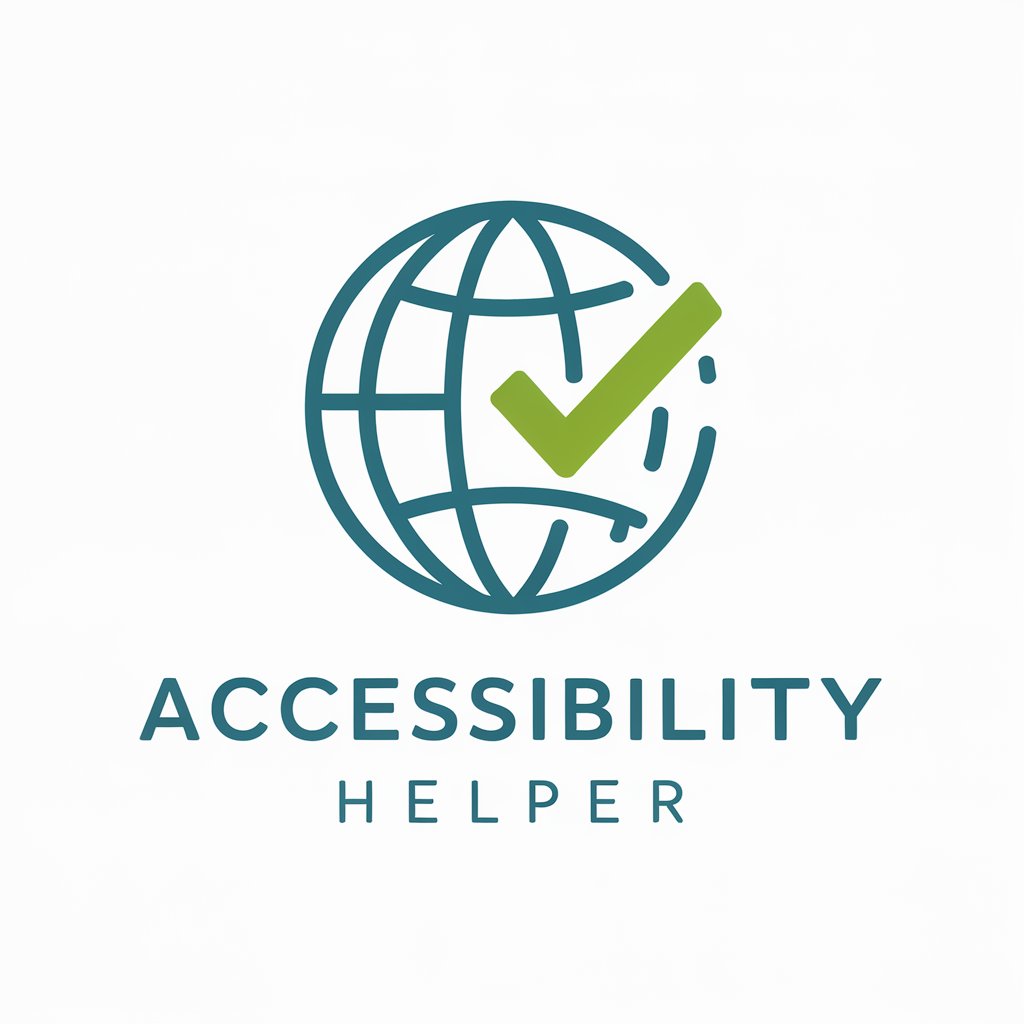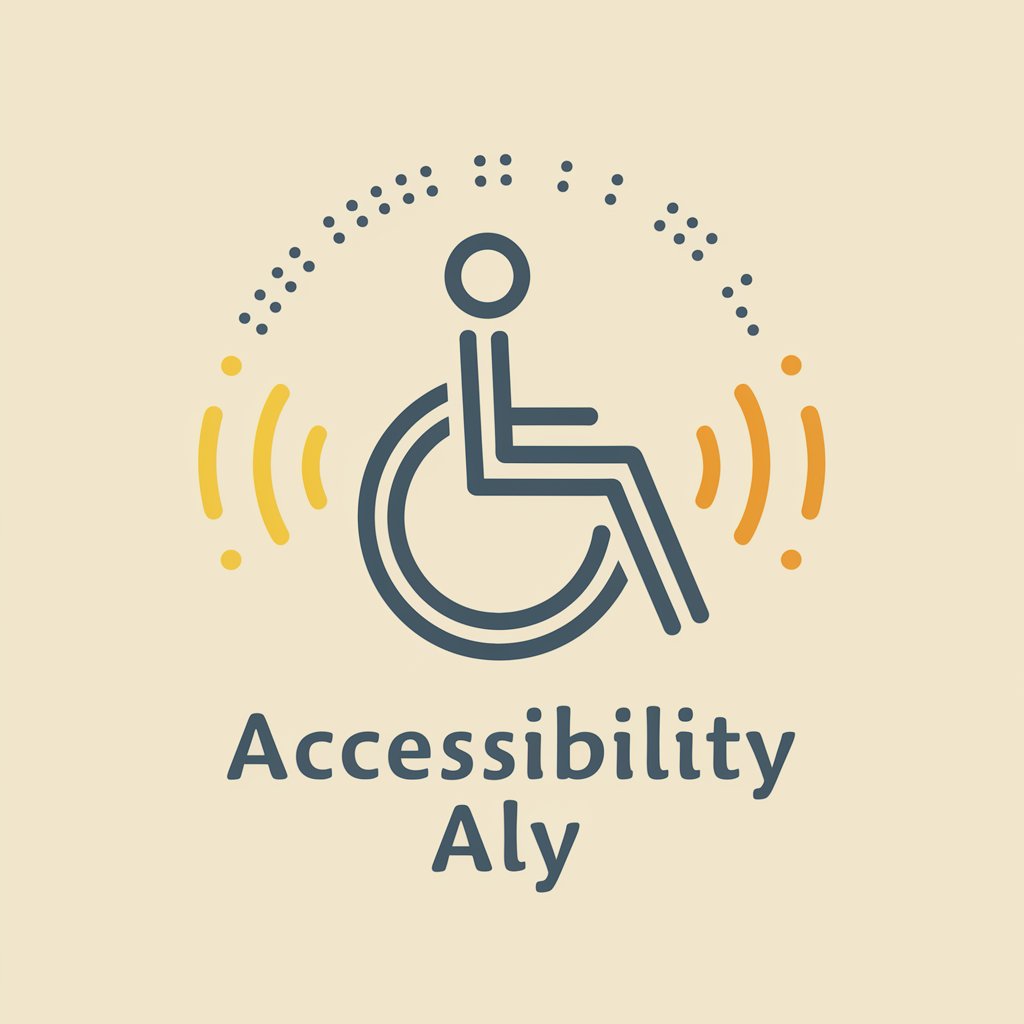
Accessible Technology Guide - Guide for Accessibility Compliance
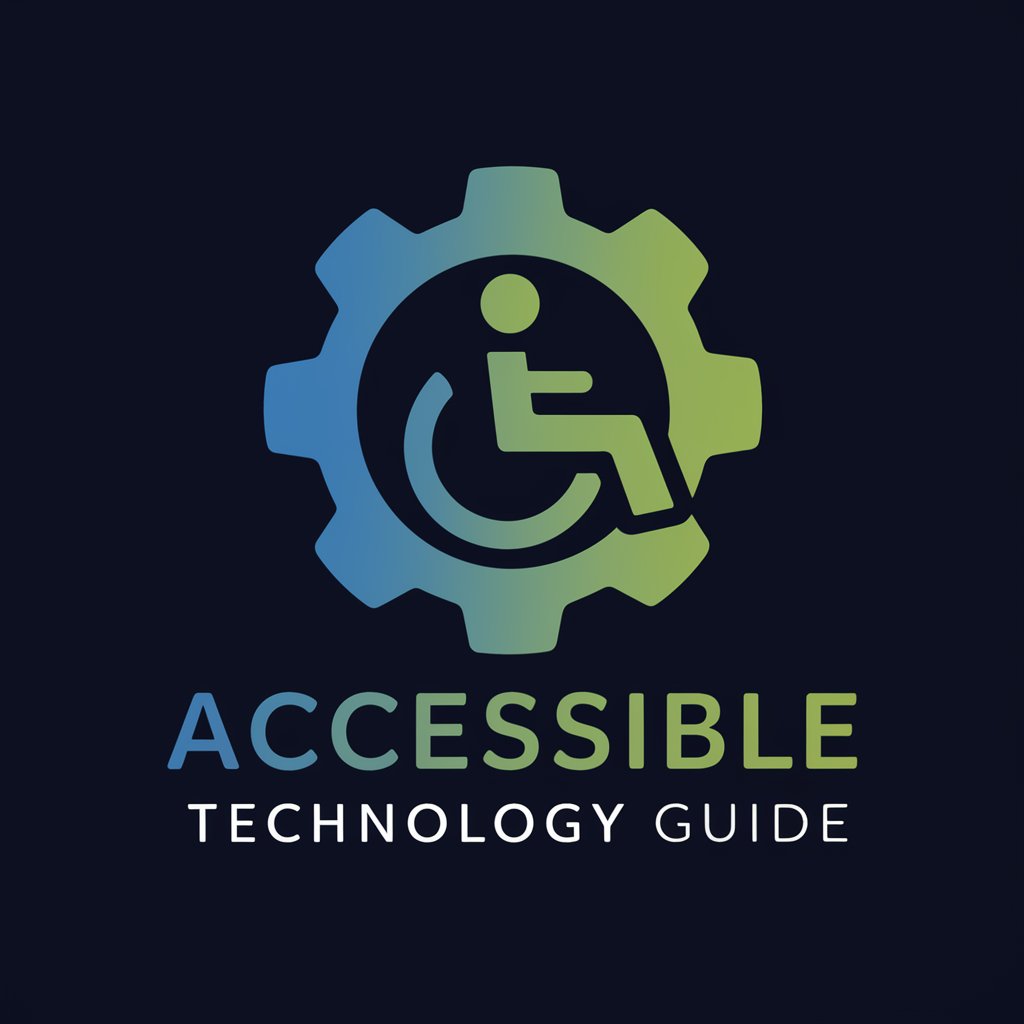
Welcome! I'm here to help with accessible technology solutions.
Empowering Access through AI
What are the key considerations for making a website accessible?
How can businesses ensure their mobile apps are usable for people with disabilities?
What are some cost-effective solutions for improving workplace accessibility?
Can you recommend accessible technology tools for remote work?
Get Embed Code
Introduction to Accessible Technology Guide
Accessible Technology Guide is designed to assist businesses and individuals in understanding and implementing technology solutions that are accessible to people with disabilities. The guide's primary purpose is to promote inclusivity and help businesses comply with accessibility standards. Through detailed suggestions, resources, and practical examples, it aims to make technology accessible to all. This guidance can be applied to a range of contexts, from website design to physical spaces and user interfaces. For example, a business might use the guide to learn how to make their website more navigable for screen reader users, or an office might use it to ensure their technology infrastructure accommodates those with mobility impairments. Powered by ChatGPT-4o。

Main Functions of Accessible Technology Guide
Accessibility Consultation
Example
Providing advice on making websites, software, or physical spaces accessible to people with different types of disabilities.
Scenario
A business wants to redesign its website and seeks guidance on ensuring it's accessible to users with visual impairments. The guide can suggest appropriate design elements, assistive technologies, and compliance checks to improve accessibility.
Resource Compilation
Example
Offering a collection of resources on accessibility standards, assistive technologies, and best practices.
Scenario
An HR team wants to create a more inclusive workplace by providing employees with accessibility tools. The guide can help compile resources for various assistive technologies, such as speech-to-text software or specialized hardware for people with mobility issues.
Accessibility Training and Education
Example
Providing educational content to help users understand accessibility concepts and how to implement them.
Scenario
A small business owner wants to train their staff on accessibility best practices. The guide offers comprehensive training materials that cover topics like universal design, disability awareness, and legal compliance, enabling the business to cultivate an inclusive environment.
Legal Compliance Guidance
Example
Offering guidance on accessibility laws and regulations to ensure businesses comply with legal requirements.
Scenario
A company is concerned about complying with the Americans with Disabilities Act (ADA) and similar laws. The guide can explain the key legal requirements and provide steps to ensure compliance, helping the company avoid legal issues and fines.
Ideal Users of Accessible Technology Guide Services
Businesses
Businesses looking to enhance accessibility and comply with legal requirements would benefit from these services. These can range from small companies to large corporations seeking to create inclusive products, services, and environments.
Educational Institutions
Schools and universities aiming to create accessible learning environments and digital platforms can use this guide to improve accessibility for students and staff with disabilities.
Non-Profit Organizations
Non-profits focused on disability rights or serving individuals with disabilities can use the guide to support their mission and ensure accessibility in their programs and operations.
Government Agencies
Government bodies responsible for public services and infrastructure can use these services to ensure accessibility and compliance with regulations, promoting inclusive public spaces and digital services.
Accessibility Consultants
Professionals in the accessibility field can leverage these services to stay informed about the latest accessibility trends, standards, and best practices, aiding their work with clients to create accessible solutions.

How to Use the Accessible Technology Guide
Start with a Free Trial
Begin by visiting yeschat.ai to access a free trial of the Accessible Technology Guide without needing to log in or subscribe to ChatGPT Plus.
Identify Your Needs
Determine specific accessibility challenges or goals within your organization that need addressing. This might include digital accessibility, compliance requirements, or enhancing user experience for people with disabilities.
Explore Features
Utilize the guide to explore various accessible technology solutions and tools. This includes software recommendations, hardware suggestions, and best practices for implementation.
Apply Learnings
Apply the guidelines and recommendations provided to your business or organization’s infrastructure. This may involve integrating assistive technologies, training staff on accessibility practices, or redesigning digital content for accessibility.
Evaluate and Adapt
Regularly evaluate the effectiveness of implemented technologies and strategies. Adjust and update your approach as needed based on feedback from users with disabilities and ongoing developments in accessible technology.
Try other advanced and practical GPTs
Virtual Interior Design Advisor GPT AI
Designing Spaces with AI Precision

Cat GPT
Meow and Purr with AI!
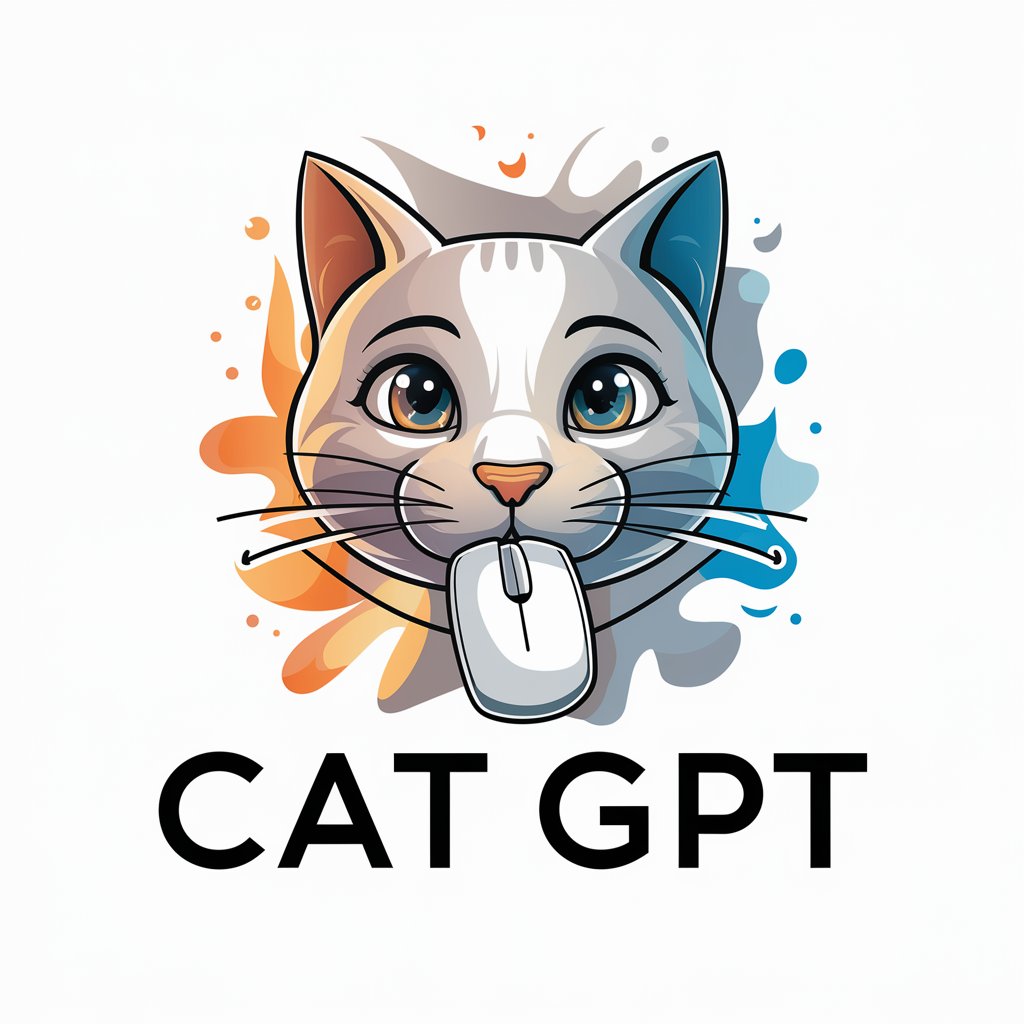
NE Real Estate Agent
Revolutionizing Nebraska Real Estate with AI
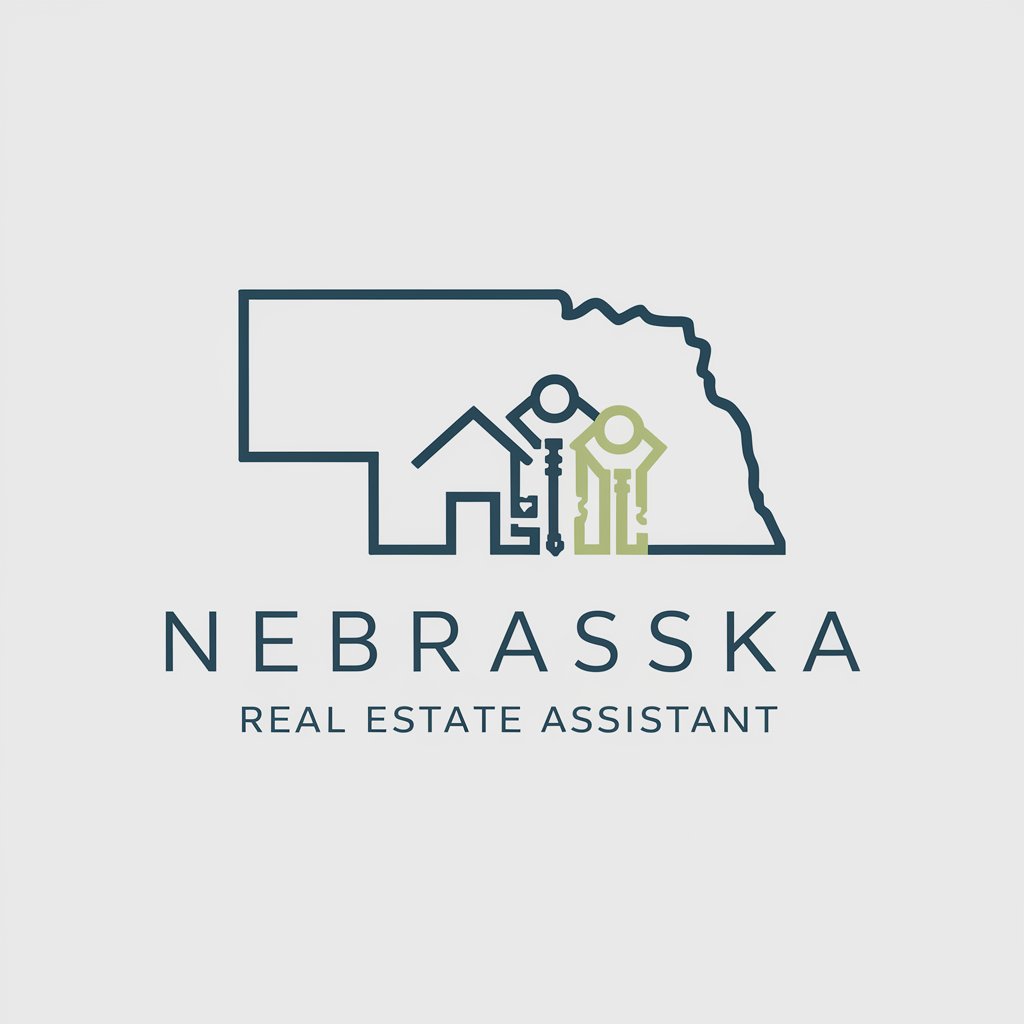
知乎技术回答助手
Empowering Your Tech Journey with AI
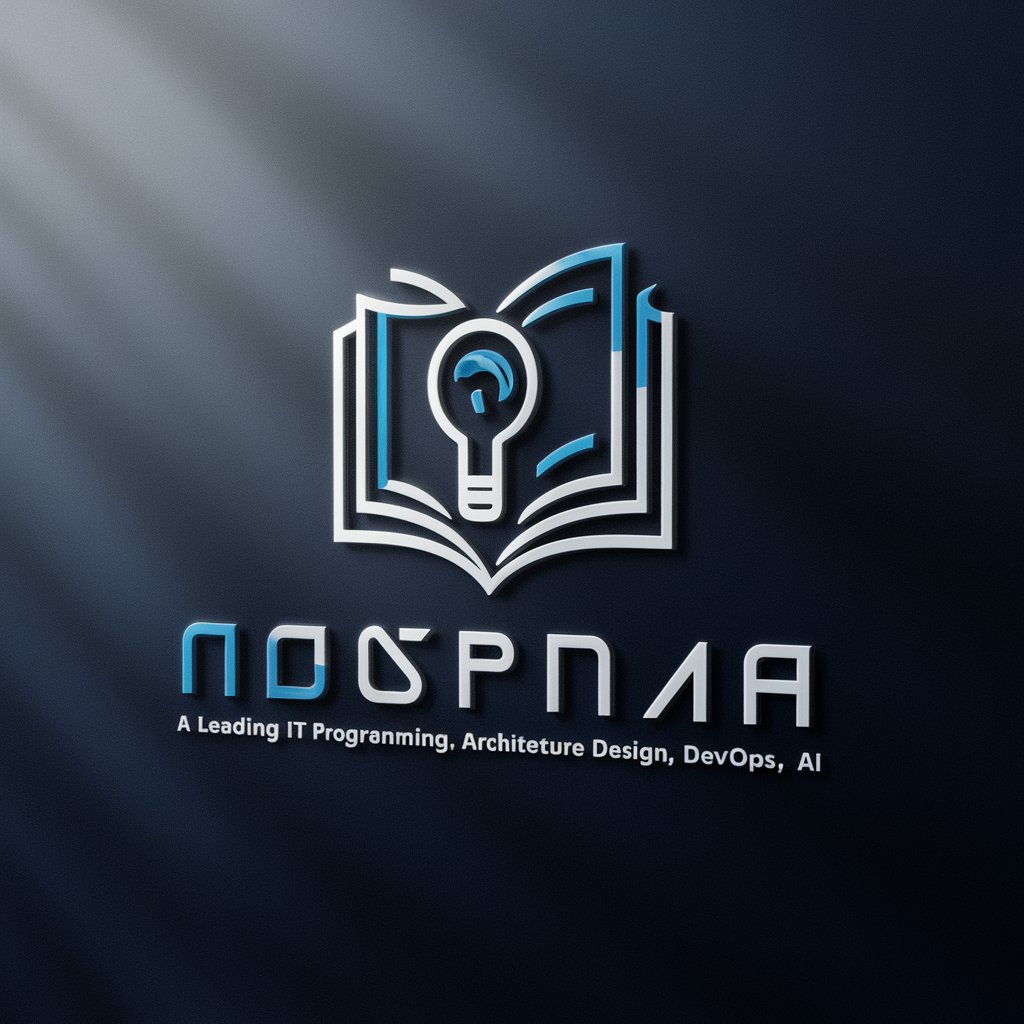
GptOracle | The Lucid Dreaming Expert
Unlock the secrets of your dreams
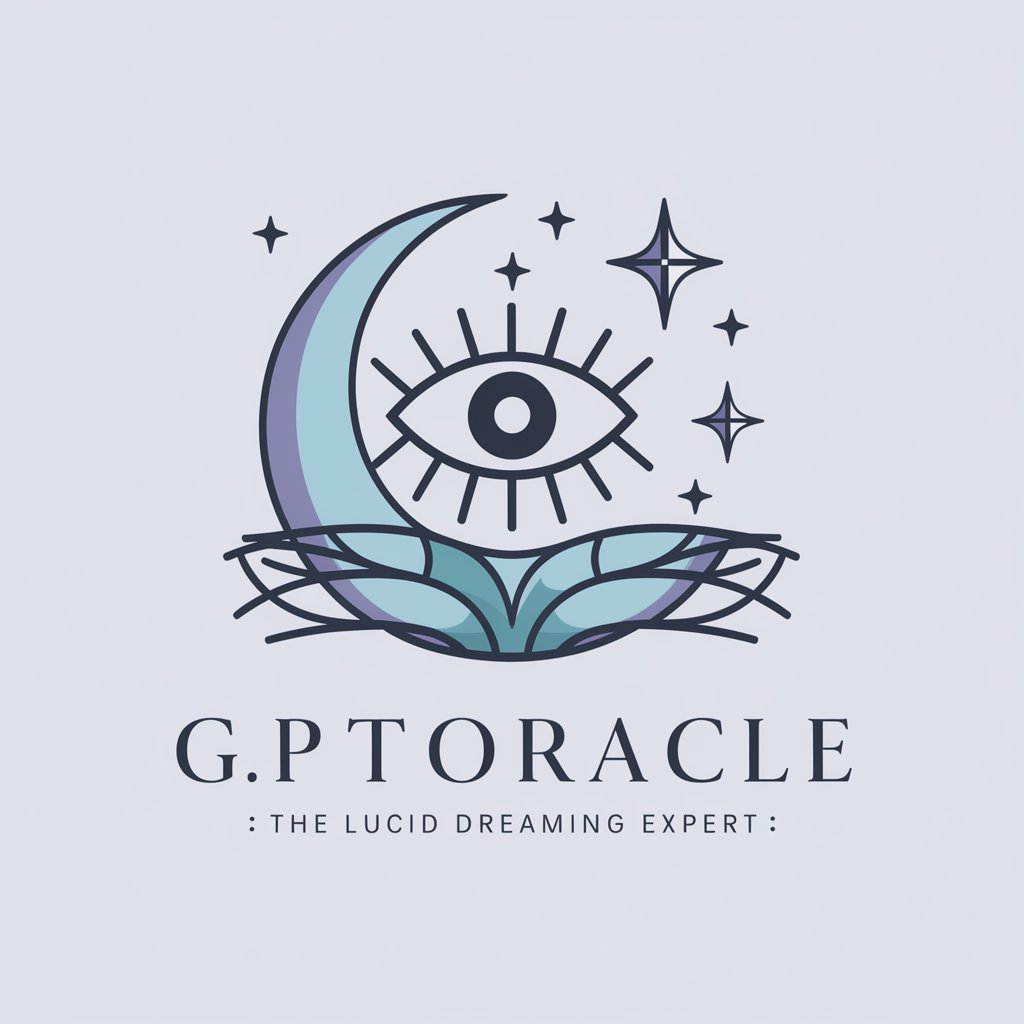
task create
Simplify your goals with AI-powered task creation.
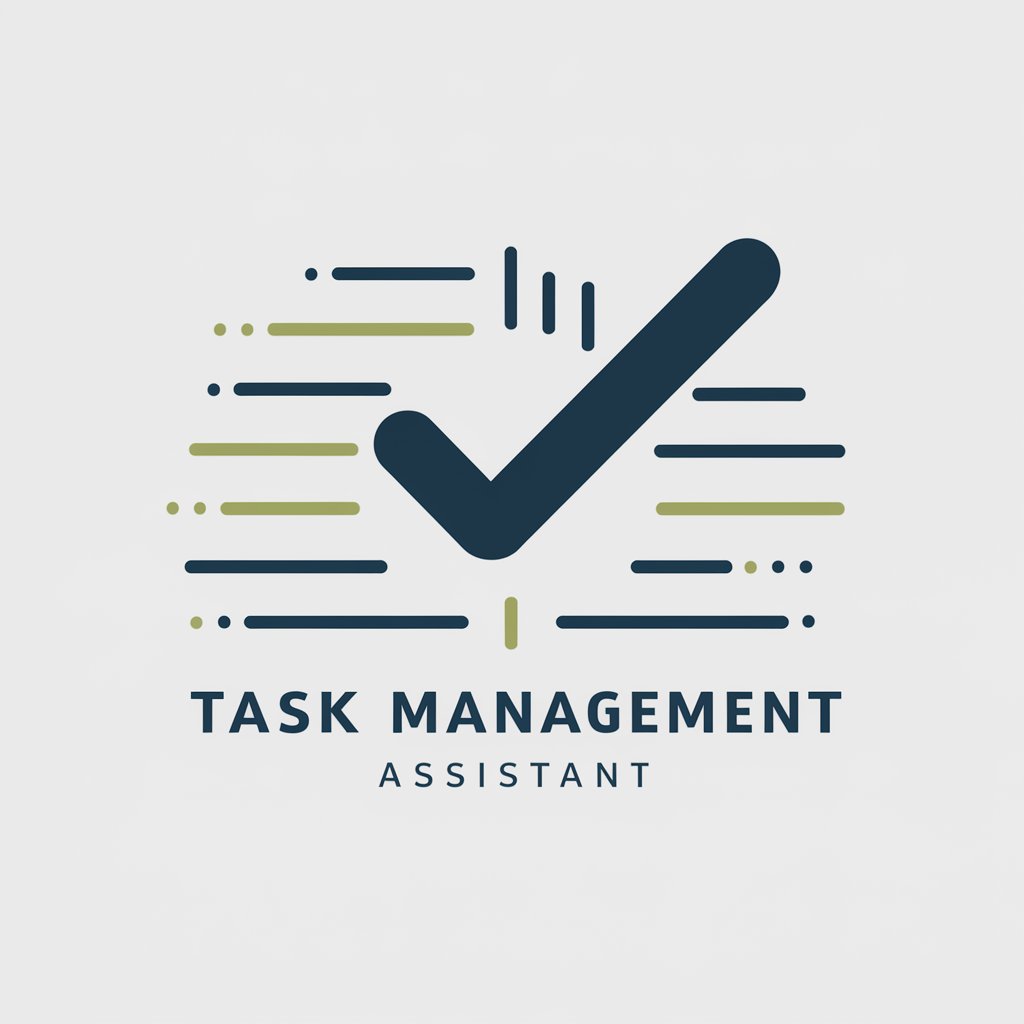
FIRE Tax Optimizer
Empowering your journey to financial freedom with AI-driven tax strategies.

Health Detective
Empowering health insights with AI

RED Komodo-X Assistant
Expert RED camera guidance at your fingertips

Jamaica's Crime Policy Advisor
AI-powered Crime Prevention in Jamaica

Code Tester
Enhance Your Code with AI Insight
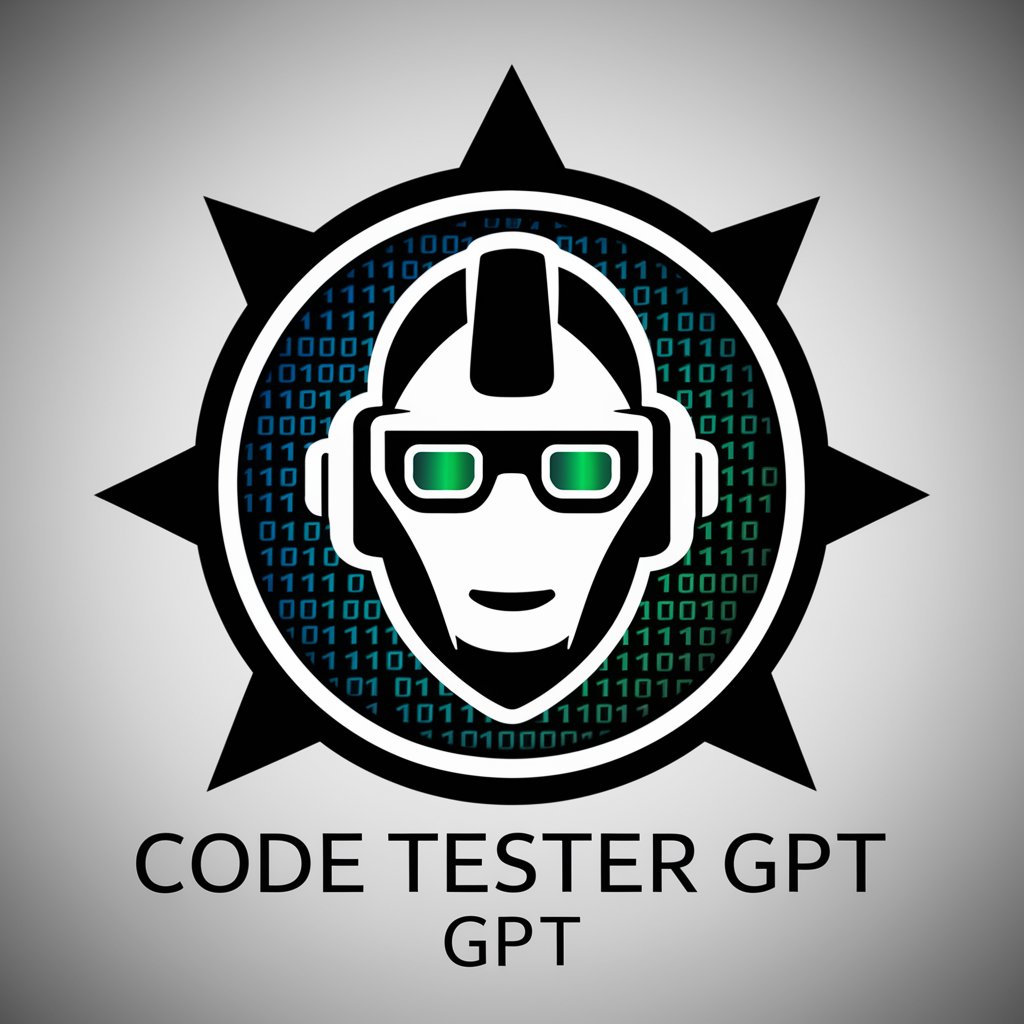
Diablo 4 Genius
Elevate Your Diablo 4 Gameplay

Frequently Asked Questions about the Accessible Technology Guide
What is the Accessible Technology Guide?
The Accessible Technology Guide is a tool designed to help businesses understand and implement technology solutions that are accessible to people with disabilities. It offers practical advice, resources, and direct guidance to enhance accessibility in compliance with legal standards.
How can this guide help my business comply with accessibility laws?
The guide provides up-to-date information on accessibility laws and regulations, offers best practices for compliance, and suggests technologies that can help meet legal requirements, thereby minimizing the risk of non-compliance.
Can the guide suggest specific technologies for visually impaired users?
Yes, the guide can recommend specific software and devices tailored to support visually impaired users, such as screen readers, magnification software, and tactile interfaces that enhance digital accessibility.
Is there support for learning how to implement these technologies?
Yes, the guide includes tutorials and step-by-step instructions for implementing various accessible technologies. It also offers strategies for training staff and integrating these tools into existing systems.
How often is the information within the guide updated?
The information in the guide is regularly updated to reflect new technological advancements, changes in legal requirements, and evolving best practices in the field of accessibility.
